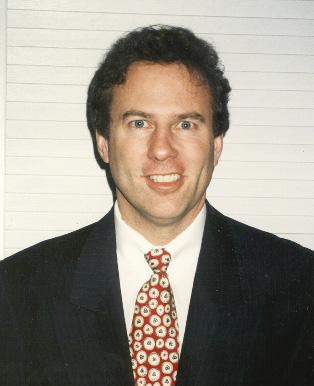The Holy Alliance of Digital Signage and Pay TV: Near or Far Away?
Two digital signage conferences last month in New York City provided some fascinating observations about 1) the future of digital signage, and 2) digital signage’s future relative to the broadcast and pay TV business. Specifically, as it relates to the latter observation, is the idea that more and more broadcasters and pay TV operators dip a toe into the waters of digital signage, mostly locally-based, but, in a few instances, nationally-based, as well.
During the week of Oct. 16-19, the digital signage industry had its “homecoming” of sorts. Within the course of three days, two midtown confabs were conducted, one called Digital Signage Investor Conference (DSIC), the other the Digital Place-Based Advertising Association’s (DPAA) annual conference. Both were notable for a couple of reasons related to broadcasters, pay TV operators, and other traditional and untraditional video providers.
This is a topic I feel passionately about, and something I wrote about extensively in both my NAB/Focal Press books, Digital Signage - Software, Networks, Advertising, and Displays: A Primer for Understanding the Business (http://www.focalpress.com/books/broadcast/digital_signage.aspx?terms=sch...) and Digital Video Recorders: DVRs Changing TV and Advertising Forever (http://www.focalpress.com/books/broadcast/digital_video_recorders.aspx?t...).
My passion is tied, briefly stated, to the obvious similarities between the pay TV and broadcast industries, on the one hand, and the digital signage industry, on the other. For example, both have a core local base, both deal in content, and typically - and especially — both have local work forces that can produce, service, and maintain the product. It just makes common sense. Plus, both industries are in need of growth drivers, which just such a Holy Alliance could bring.
During the opening keynote address on day one of the DSIC event on October 16, RGM Networks CEO Garry McGuire answered the author’s question about what I termed the pending convergence of pay TV and digital signage, by noting a January 2012 expected announcement from DirecTV, wherein RMG’s technology and other resources will become a part. McGuire projects this trend to spread to other pay TV operators, but also well beyond the geographical borders of the United States.
In yet another DSIC session, the topic of pay TV/broadcaster and digital signage industry convergence arose again, this time offered by Michael Josephs, the managing director of financial advisory firm MESA Global. In a speech entitled “”What Deals Were Funded? Who Cashed Out? Where the Money is and Why?” Mr. Josephs predicted, “Digital signage is no longer an emerging technology. It is getting past being totally niche.”
Suggesting an opportunity, Mr. Josephs recommended partnering with the cable industry, as well, noting it is a “$40 billion plus” industry, and that “…the path forward is collaboration or consolidation.” That said, he noted a remarkable opportunity whereby “someone big” (e.g., a media, hardware or software company) will come into this [digital signage] industry, and “make a killing.” In this vein, it is most interesting to see one such very big media company, Gannett, which through its subsidiary Captivate, has been involved with digital signage for many years.
More recently, I had the pleasure to discuss this pay TV/broadcaster and digital signage industry convergence with the executive managing director, David Tolliver, of an investment banking firm, called Castlewood Advisers. Mr. Tolliver, who has been part of the broadcast industry for decades, laments the relative slowdown in broadcast property sales and revenues in recent years, while at the same time seeing the obvious fit as broadcasters partner with digital signage stakeholders. “One of the only big issues is compensation. Will broadcasters provide their content cheaply or without charge, like they did early on with pay TV operators, just to grow the brand and the business? That is the question,” he summarized.
The National Association of Broadcasters executive vice president of communications Dennis Wharton added another layer of light to the topic, noting, “Will this opportunity rival hundreds of millions of dollars in political ad spend during 2012? No. But if it can longer term offer broadcasters another source of legitimate income, then it might be incrementally quite helpful to our broadcasters.”
Albeit traditionally very conservative, and hesitant to adapt new business models, broadcasters and pay TV operators have shown surprising receptivity toward new and different options of late. Attendance at several recent trades shows, such as the 2011 NAB Show in Las Vegas and 2011 NCTA Cable Show in Chicago, are testament to this transition.
That foundation having been laid, the rhetorical Q presents itself once more: Near or far away? (I’m predicting near.)
Jimmy Schaeffler is chairman and CSO of Carmel-by-the-Sea-based consultancy The Carmel Group (www.carmelgroup.com).
Multichannel Newsletter
The smarter way to stay on top of the multichannel video marketplace. Sign up below.
Jimmy Schaeffler is chairman and CSO of The Carmel Group, a nearly three-decades-old west coast-based telecom and entertainment consultancy founded in 1995.

